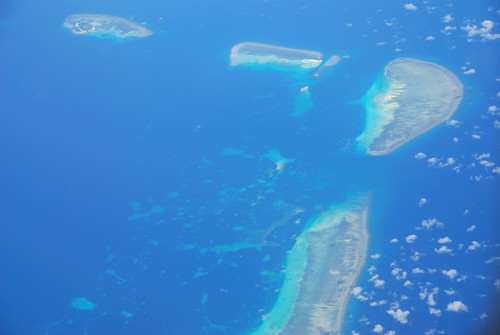
It’s not relocating aircraft carriers to the Pacific or stationing 2,500 marines in Australia but China’s provocative establishment of a new city, Sansha, in the disputed Paracels chain takes the geopolitical drama in the South China Sea to a new stage. This escalating assertiveness may have a larger strategic importance as part of Beijing’s response to the often touted US “pivot” or rebalancing in Asia.
Proclaiming a new city on the 2km long atoll in the South China Sea (population some 150 fishermen), replete with its own mayor, municipal council, and military garrison takes the issue a step beyond diplomatic quarrels with other claimants, in this case the Philippines and Vietnam. China appears to also view its newly anointed Sansha as a sort of administrative and monitoring hub for the wider South China Sea area.

